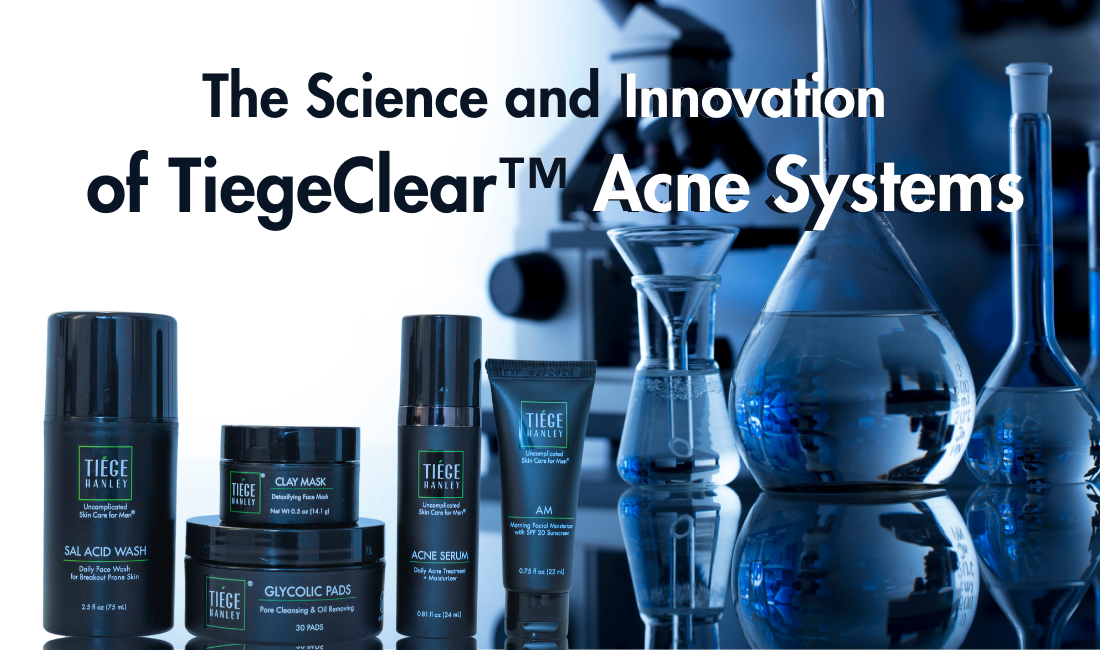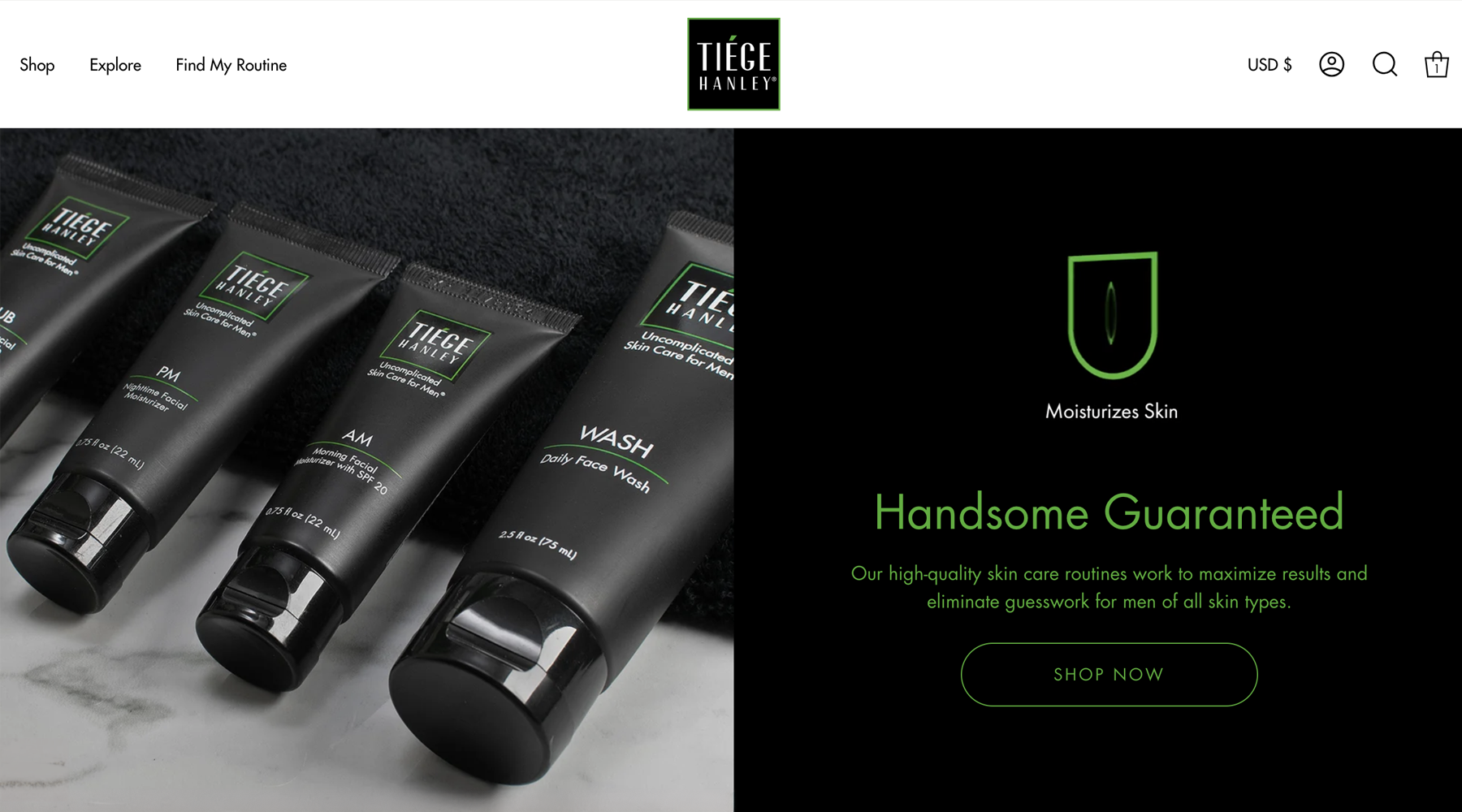Most of us know that SPF plays an important role in protecting our skin from UV rays. Yet, knowing this and understanding how SPF works are two different things. Sure, you know that SPF 20 offers a different degree of protection than SPF 50, but what does this really mean?
To ensure that you’re using sunscreen in the most effective way possible, it helps to know a few things about SPF. This way, you can maximize your protection against the sun’s UV rays and keep your skin healthy and youthful for years to come. So, what does SPF stand for and why should you care?
Here are three things all guys should know about SPF and its crucial role in skin cancer prevention:
- SPF stands for Sun Protection Factor, a measure of the effectiveness of sunscreen against UVB rays.
- UVB rays affect the top layer of the skin, causing sunburns and potentially leading to skin cancer.
- Higher SPFs don’t always mean greater protection for your skin.
Sun Protection Factor Explained
SPF, or Sun Protection Factor, is the measurement of how well a sunscreen will protect your skin against ultraviolet (UV) radiation and sunburn. Introduced in the 1960s by Swiss chemist, Franz Greiter, the rating was adopted by the FDA and all sunscreen products are now regulated with SPF labeling.
To use the SPF rating system, you first need an idea of how long it takes for you to experience sunburn. For most people, sunburn occurs in as little as 10 minutes when they’re exposed to the sun between 10 a.m. and 4 p.m. when the sun’s rays are at their strongest.
Now that you have the number of minutes it takes you to burn, you’ll multiply this number by the Sun Protection Factor in your sunscreen. For example, a sunscreen with SPF 30 will protect you for 300 minutes (10 x 30 = 300).
GOT WRINKLES?Variables Which Affect the SPF Formula
It’s important to note that different variables can influence the SPF formula. For example, your skin tone is a major factor in how quickly you burn.
Those with traits such as red hair, fair skin and freckles are considered to be at higher risk of skin cancer. According to a 2002 study published in Melanoma Research, scientists believe this higher risk is associated with certain genetics (see claim: “…three RHC alleles - Arg151Cys, Arg160Trp and Asp294His - were associated with increased risk in all forms of skin cancer…”)
Other variables include the altitude, your age and how cloudy it is.

How Much Do I Need?
There is an ongoing debate about how much sunscreen is needed to protect the skin. According to the FDA, using SPF 15 or higher can decrease the risk of skin cancer and prevent premature skin aging (see claim: “…a sun protection factor (SPF) value of 15 or higher can make to decrease the risk of skin cancer and early skin aging caused by the sun…”)
The danger in using a higher SPF is that it leads many to believe that they are safer than they truly are. For example, some people who use SPF 100 are under the false impression that they don’t need to reapply their sunscreen or seek shade during the hottest hours of the day.
According to the American Academy of Dermatology, sunscreen should be applied at least every two hours. In fact, you may need to reapply sooner, given that most people don’t use nearly as much sunscreen as they should.

How to Use SPF
Sunscreen isn’t the only thing with a SPF rating these days. Check out the following products that you can use to protect your skin:
- Moisturizer—Skip the pore-clogging sunscreens that can cause acne flare-ups. Instead, consider using a moisturizer that contains SPF to protect your face from UV rays without triggering breakouts.
- Lip Balm—Don’t forget your lips! The skin on the lips is super thin and can benefit from an SPF lip balm.
- Clothing—SPF clothing is a great way to enhance your UV protection and reduce your risk of skin cancer. Don’t forget to cover up any remaining areas that are exposed to the sun.
Protecting Your Skin from UV Rays
One important thing to remember with SPF products is that no product is 100 percent effective at blocking UV rays. This is one reason why the FDA stresses the importance of combining sunscreen with additional sun safety measures, such as trying to avoid sun exposure during the hottest hours of the day.
Don’t stress too much about that remaining one percent, though. Using the right SPF can effectively block anywhere from 93-99 percent of UV rays, meaning you’ll be effectively protected as long as you remember to reapply sunscreen throughout the day.








